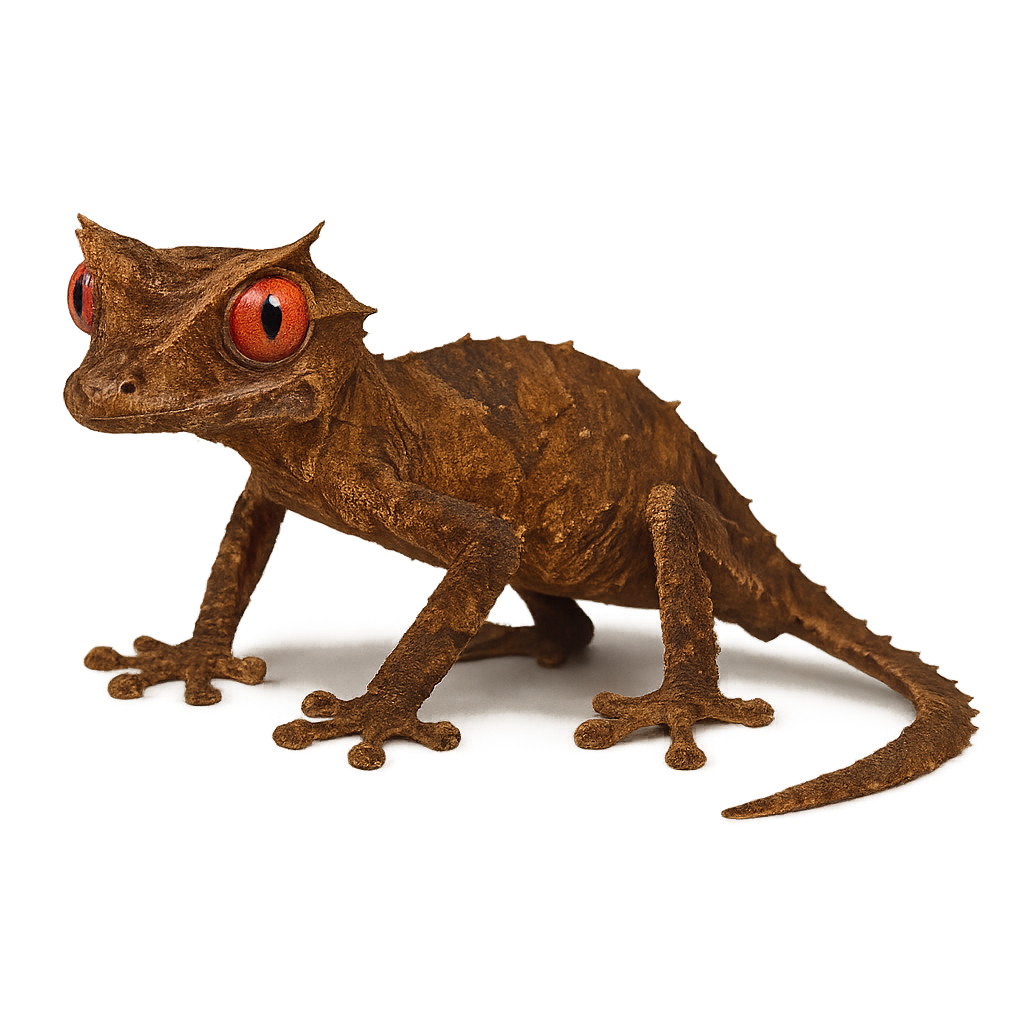Your wildlife photography guide.
Explore the ebenau's leaf-tailed gecko in detail, study its behavior, prepare your shots.
Where to observe and photograph the ebenau's leaf-tailed gecko in the wild
Learn where and when to spot the ebenau's leaf-tailed gecko in the wild, how to identify the species based on distinctive features, and what natural environments it inhabits. The WildlifePhotographer app offers tailored photography tips that reflect the ebenau's leaf-tailed gecko’s behavior, helping you capture better wildlife images. Explore the full species profile for key information including description, habitat, active periods, and approach techniques.
Ebenau's Leaf-tailed Gecko
Scientific name: Uroplatus ebenaui

IUCN Status: Least Concern
Family: GEKKONIDAE
Group: Reptiles
Sensitivity to human approach: Suspicious
Minimum approach distance: 2 m
Reproduction period: June to August
Incubation: 30–45 jours
Births: June to August
Habitat:
humid tropical forests, lowland forests
Activity period :
Mainly active at night, generally discreet during the day.
Identification and description:
The Uroplatus ebenaui is a fascinating gecko endemic to Madagascar, renowned for its exceptional ability to blend into its surroundings. Its brown coloration and flattened shape allow it to resemble a dead leaf, providing perfect camouflage against predators. Measuring about 10 cm in length, it has a leaf-shaped tail that enhances its mimicry. This nocturnal gecko is primarily arboreal, inhabiting humid tropical forests. It feeds on insects and other small invertebrates. Its reproduction is oviparous, with eggs laid in the forest litter. Although discreet, it plays a crucial role in the ecosystem by regulating insect populations.
Recommended lens:
Macro – adjust based on distance, desired framing (portrait or habitat), and approach conditions.
Photography tips:
To photograph the Uroplatus ebenaui, focus on its incredible camouflage ability. Use a macro lens to capture the details of its skin and leaf-shaped tail. Look for it in the humid tropical forests of Madagascar, especially on tree trunks where it blends into the bark. Be patient and attentive, as it is often difficult to spot. Opt for nighttime shots with soft lighting to avoid disturbing it. A tripod can be useful to stabilize your camera during long exposures.
The WildlifePhotographer App is coming soon!
Be the first to explore the best nature spots, track rutting seasons, log your observations, and observe more wildlife.
Already 1 432 wildlife lovers subscribed worldwide

